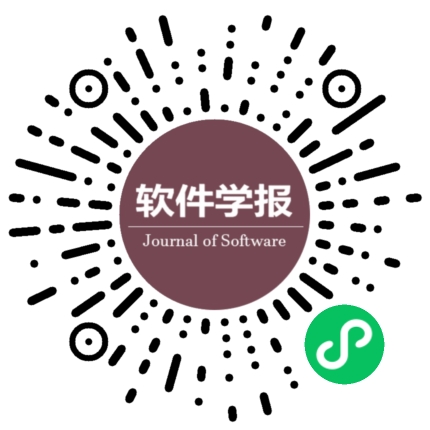联系方式
- 《Journal of Software 》
- 主办单位:Institute of Software, CAS, China
- 邮编:100190
- 电话:010-62562563
- 电子邮箱:jos@iscas.ac.cn
- 网址:https://www.jos.org.cn
- 刊号:ISSN 1000-9825
- CN 11-2560/TP
- 国内定价:70元
You are the firstVisitors
Copyright: Institute of Software, Chinese Academy of Sciences Beijing ICP No. 05046678-4
Address:4# South Fourth Street, Zhong Guan Cun, Beijing 100190,Postal Code:100190
Phone:010-62562563 Fax:010-62562533 Email:jos@iscas.ac.cn
Technical Support:Beijing Qinyun Technology Development Co., Ltd.
Copyright: Institute of Software, Chinese Academy of Sciences Beijing ICP No. 05046678-4
Address:4# South Fourth Street, Zhong Guan Cun, Beijing 100190,Postal Code:100190
Phone:010-62562563 Fax:010-62562533 Email:jos@iscas.ac.cn
Technical Support:Beijing Qinyun Technology Development Co., Ltd.




